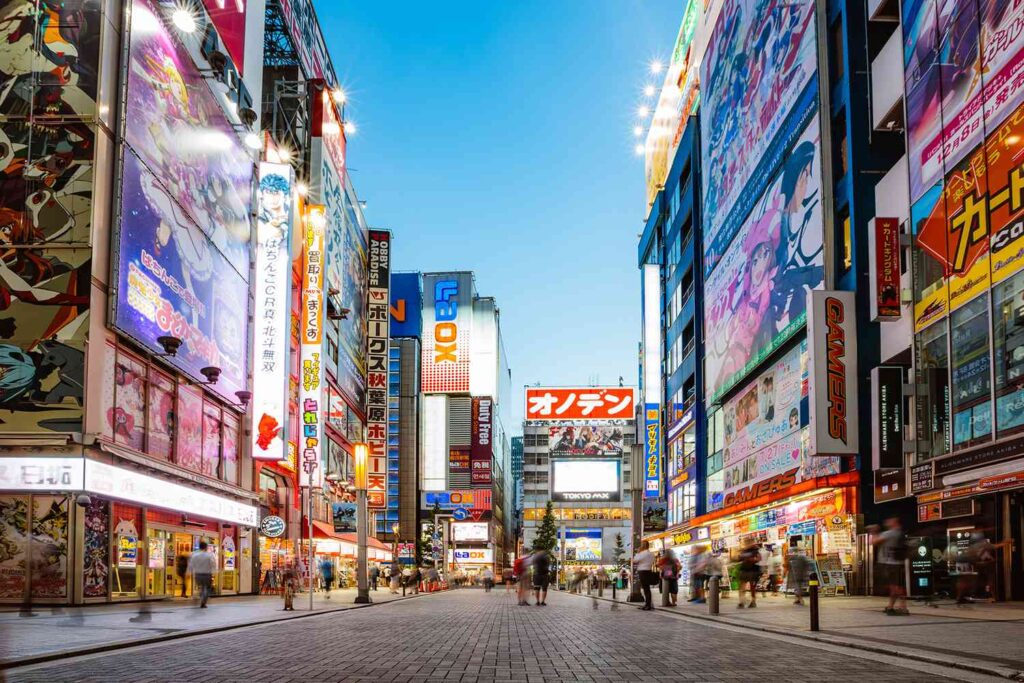Art travel is a unique and enriching way to explore the world, combining the joy of discovery with a deep appreciation for artistic expression. By visiting art destinations, museums, galleries, and cultural landmarks, travelers can immerse themselves in diverse artistic traditions and gain fresh perspectives on global cultures. This blog delves into the concept of this travel, highlights key destinations, and offers tips on how to make the most of your artistic journeys.
What is Art Travel?
Traveling for art entails visiting different parts of the world with the intention of experiencing and valuing creative culture and art. Unlike conventional tourism, which may prioritize landmarks and natural wonders, art travel centers around engaging with artistic expressions, whether through visiting museums, attending exhibitions, or participating in creative workshops.
The essence of art travel lies in the idea that art can provide profound insights into different cultures, histories, and societal values. By exploring art in its many forms, travelers not only enjoy aesthetic experiences but also connect with the local heritage and creative spirit of the places they visit.
Key Art Travel Destinations
Paris, France

Often considered the art capital of the world, Paris offers an unparalleled array of art experiences. The Louvre, home to masterpieces such as the Mona Lisa and the Venus de Milo, is a must-visit for any art enthusiast. The Musée d’Orsay, housed in a former railway station, features an extensive collection of Impressionist and Post-Impressionist works .With its many galleries and artistic neighborhoods like Montmartre, where artists have traditionally congregated, Paris is also well-known for its thriving art scene.
Florence, Italy is widely recognized for its Renaissance-style artwork and buildings. The Uffizi Gallery is home to a remarkable collection of pieces by renowned artists like Michelangelo, Botticelli, and Leonardo da Vinci. The city’s rich artistic heritage is also evident in its architecture, with iconic structures like the Florence Cathedral and the Ponte Vecchio. Florence offers a thorough introduction to Renaissance art and culture.
New York City, USA

New York City is a global hub for contemporary art. The Metropolitan Museum of Art offers an extensive collection spanning various periods and cultures, while the Museum of Modern Art (MoMA) showcases groundbreaking modern and contemporary works. Beyond museums, the city has a thriving gallery scene that is concentrated in areas like Chelsea and the Lower East Side.
Tokyo, Japan

Tokyo offers an intriguing fusion of modern and traditional art. The Tokyo National Museum provides insights into Japan’s artistic heritage, while the Mori Art Museum focuses on contemporary art and global exhibitions. The city’s art scene is dynamic, with numerous art districts and innovative spaces that reflect Japan’s unique cultural fusion.
Mexico City

The cultural and artistic heritage of Mexico City is rich. The National Museum of Anthropology and the Museo Frida Kahlo offer deep dives into Mexican art and history. The city’s vibrant street art scene and colorful murals add a contemporary twist to its artistic landscape, making it an exciting destination for art lovers.
How to Make the Most of Your Art Travel
Plan Ahead
Research art destinations and plan your itinerary based on the exhibitions, galleries, and museums you wish to visit. Many art institutions offer special events, workshops, and guided tours that can enhance your experience. Booking tickets in advance for popular attractions can help you avoid long lines and ensure you don’t miss out on key exhibits.
Study the Art and Artists
Invest some time in learning about the background, relevance, and setting of the works of art that you come across. Many museums and galleries offer informative plaques and guided tours that provide valuable insights. Reading books, watching documentaries, or taking online courses related to the art and artists you are interested in can also enrich your experience.
Capture and Reflect
Document your experience through photographs, sketches, or journals. Your appreciation and comprehension of the art you see can be strengthened by thinking back on it and your own responses to it. Sharing your experiences through blogs, social media, or personal journals can also inspire others to explore art.
The Impact of Art Travel

Art travel has a profound impact on both travelers and the artistic communities they visit. For travelers, it offers a chance to gain new perspectives, engage with different cultures, and find inspiration in diverse forms of artistic expression. The immersive experiences provided by this travel can foster a greater appreciation for creativity and cultural diversity.
For artistic communities, It can bring increased visibility and support. Tourism can boost local economies by encouraging visitors to purchase art and participate in cultural activities. Additionally, exposure to international audiences can provide valuable recognition and opportunities for local artists and art institutions.
Cultural Exchange
It facilitates cultural exchange by connecting people from different backgrounds through shared artistic experiences. It encourages dialogue and understanding between travelers and local communities, fostering mutual respect and appreciation for diverse artistic traditions.
Preservation of Art and Heritage
By supporting art travel, travelers contribute to the preservation of cultural heritage and artistic traditions. Many art institutions and cultural sites rely on tourism revenue to fund conservation efforts and maintain their collections. Responsible art travel practices help ensure that these valuable resources are preserved for future generations.
The Future of Art Travel
As global awareness of sustainability and responsible travel practices grows, the future of art travel is likely to emphasize eco-friendly and community-focused approaches. Sustainable art tourism involves minimizing environmental impact, supporting local artists and businesses, and respecting cultural heritage.
Virtual reality and digital art displays are two examples of cutting-edge technology that could influence how art travel develops in the future. These technologies can provide immersive experiences and broaden access to art, making it possible to explore artistic treasures from around the world without leaving home.
Discover more about Dream Destination










